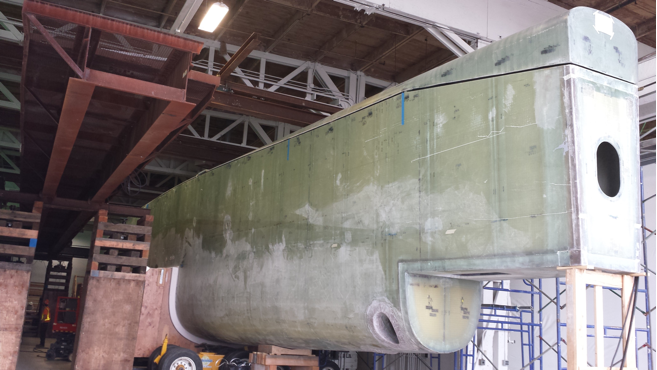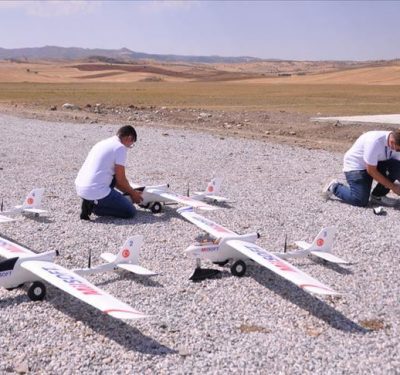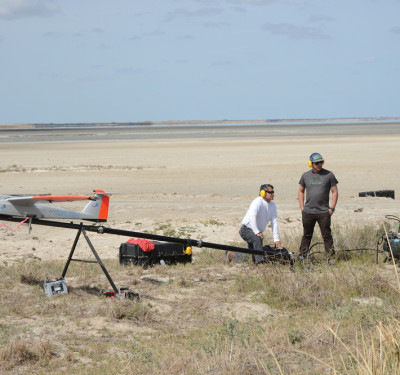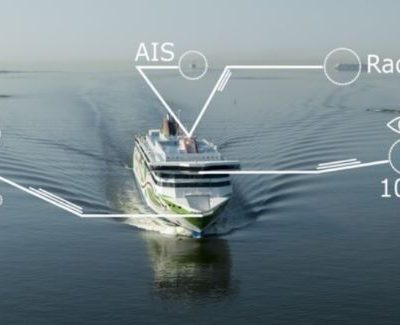
DARPA’s Anti-Submarine Warfare (ASW) Continuous Trail Unmanned Vessel (ACTUV) seeks to develop an independently deployed unmanned surface vessel to operate under sparse remote supervisory control and safely follow the maritime rules for collision avoidance known as COLREGS. The hull for the ACTUV prototype is under construction. Water-borne testing of the full prototype is planned for later this year.
DARPA’s Anti-Submarine Warfare Continuous Trail Unmanned Vessel program, ACTUV, wants to develop an unmanned vessel that can track enemy diesel-electric submarines. But to do that, they need to comply with the International Regulations for Preventing Collisions at Sea, known as COLREGS.
While they’re making progress, they’d like some help. DARPA recently issued a Request for Information about “currently available technologies that could help ACTUV and future unmanned surface vessels perceive and classify nearby ships and other objects,” according to a news release.
They’re specifically interested in sensor systems and image-processing and hardware that use passive (electro-optical/infrared, or EO/IR) or non-radar active (e.g., light detection and ranging, or LIDAR) approaches.
The ultimate goal is to develop reliable onboard systems with the ability to detect and track nearby surface vessels and potential navigation hazards, classify those objects’ characteristics and provide input to ACTUV’s autonomy software to facilitate correct COLREGs behaviors, according to the release.
“We’re looking for test-ready, multi-sensor approaches that push the boundaries of today’s automated sensing systems for unmanned surface vessels,” said Scott Littlefield, DARPA program manager, according to the release. “Enhancing the ability of these kinds of vessels to sense their environment in all weather and traffic conditions, day or night, would significantly advance our ability to conduct a range of military missions.”
DARPA is seeking short responses of five pages or less. Responses are due to
DARPA-SN-15-27@darpa.mil by 4 p.m. Eastern on April 28.






